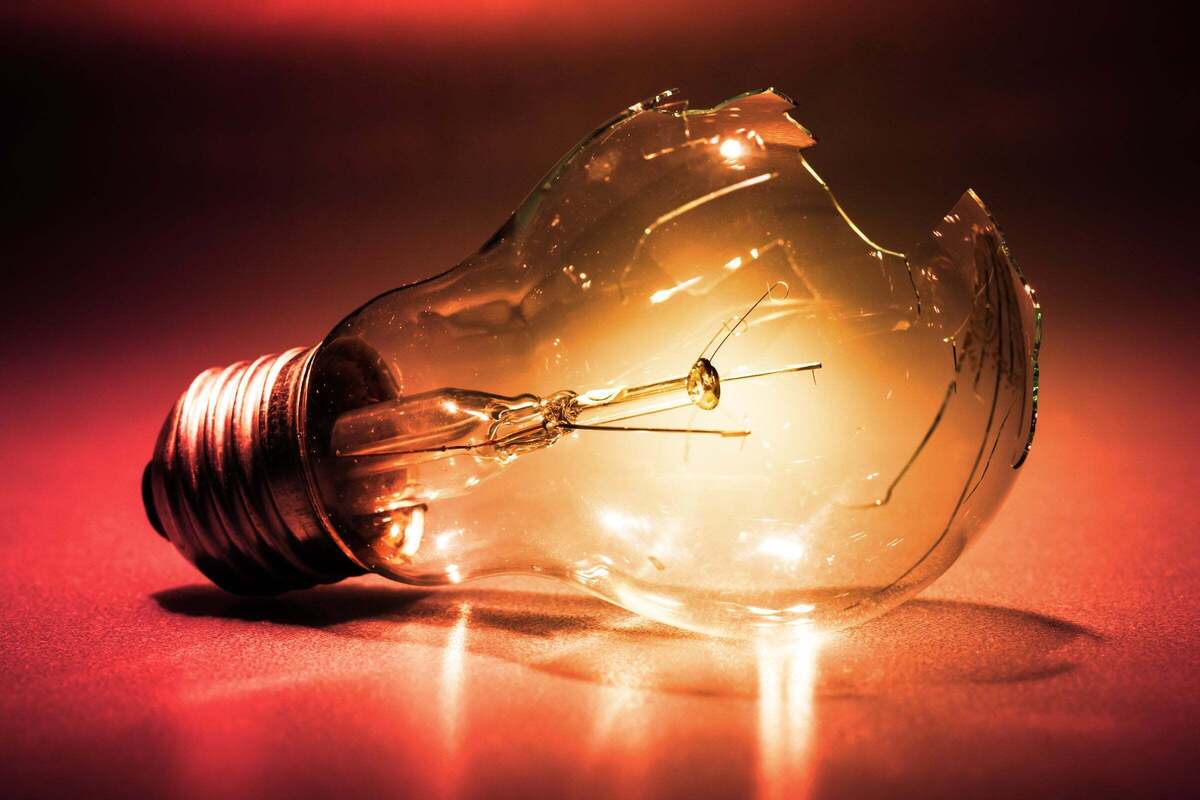
Failed hard disk drives ran for an average of 25,233 hours before their demise, which translates to a lifespan of two years and 10 months.
That’s according to Secure Data Recovery, which has a specific perspective on the matter. It specializes in salvaging data from failed hard drives, so pretty much every hard drive that it sees isn’t working properly, which gives it the opportunity to spot some patterns in hard drive longevity. (Secure Data Recovery’s analysis is different from the quarterly hard-drive report from cloud storage vendor Backblaze, which focuses on the few hard drives that fail out of the hundreds of thousands that it uses.)
Secure Data Recovery gathered operational information from thousands of damaged or defective devices to analyze their failure rates and lifespans. Its analysis looks only at traditional mechanical hard drives with spinning platters. It did not include SSDs in the research. It also excluded drives that failed due to unusual circumstances, such as electrical surges, malware, natural disasters, or accidental mishandling.
Timothy Burlee blogged about Secure Data Recovery’s evaluation and analysis. The firm calculated each drive’s power-on hours number based on “when the user first started the device to its arrival at our facilities.” It also computed the current pending sector count for failed devices. The current pending sector count is the number of damaged or unusable sectors a hard drive developed over the course of typical use.
The average failed device developed 1,548 bad sectors, Secure Data Recovery found. To put that number into perspective, a 1TB drive can have just under two billion total sectors. So, while the number looks minuscule, Burlee notes that the rate of bad sector development can increase and the risk of data corruption multiplies.
Secure Data Recovery examined 2,007 drives, ranging in capacity from 40 GB to 10 TB, from six different vendors, and found a very sizable gap between the shortest-lived and longest-lived drives. Drives from Hitachi were the shortest-lived, averaging a failure rate of 18,632 hours, or just under 26 months. They also had the highest bad sector count at 3,348 per failed device.
Toshiba drives had the longest average lifespan of 34,799 hours, or 48 months, and a bad sector count of 1,884. Maxtor drives had the second-longest lifespans at 29,771 hours, or 41 months, and the best durability with just 228 bad sectors.
However, there are some caveats to consider. Maxtor, which was acquired by Seagate in 2006, hasn’t been around for 17 years, and it only accounted for 1% of the drives in Secure Data Recovery’s analysis.
Overall, of the drives Secure Data Recovery examined for its analysis, 47% were made by Western Digital, 28% by Seagate, 10% by Hitachi (which Western Digital owns), 8% from Toshiba, and 6% from Samsung.
Newer hard drives fail more often
In examining the drives, Secure Data Recovery found that they just don’t make them like they used to.
“We found that the five most durable and resilient hard drives from each manufacturer were made before 2015. On the other hand, most of the least durable and resilient hard drives from each manufacturer were made after 2015,” Burlee wrote.
Secure Data Recovery attributed this to cramming more platters and technology into the same 3.5-inch space, with higher densities per platter and read-write heads becoming more complex.
In general, older drives seem more durable and resilient than newer drives, and discs that use the older Conventional Magnetic Recording (CMR) form of recording data appear more durable and resilient than those that use a newer recording technique called Shingled Magnetic Recording (SMR).
Secure Data Recovery didn’t make any recommendations on brand or drive capacity. Instead, Burlee advocated for what he calls the 3-2-1 Rule: Keep three copies of important data on two devices, with one of those copies saved offsite.
Next read this:
April 12, 2023 at 11:55PM
https://news.google.com/rss/articles/CBMicGh0dHBzOi8vd3d3Lm5ldHdvcmt3b3JsZC5jb20vYXJ0aWNsZS8zNjkzMDkxL2ZhaWxlZC1oYXJkLWRyaXZlcy1sYXN0ZWQtbGVzcy10aGFuLXRocmVlLXllYXJzLWFuYWx5c2lzLWZpbmRzLmh0bWzSAXRodHRwczovL3d3dy5uZXR3b3Jrd29ybGQuY29tL2FydGljbGUvMzY5MzA5MS9mYWlsZWQtaGFyZC1kcml2ZXMtbGFzdGVkLWxlc3MtdGhhbi10aHJlZS15ZWFycy1hbmFseXNpcy1maW5kcy5hbXAuaHRtbA?oc=5
Failed hard drives lasted less than three years, analysis finds - Network World
https://news.google.com/search?q=hard&hl=en-US&gl=US&ceid=US:en
No comments:
Post a Comment